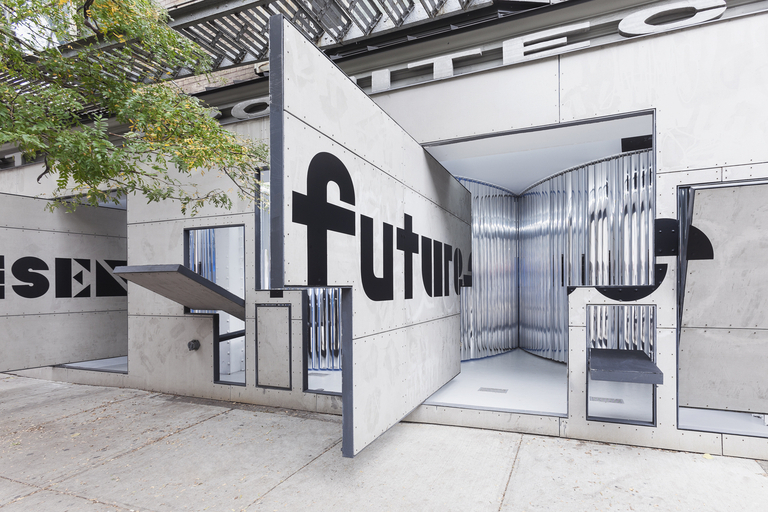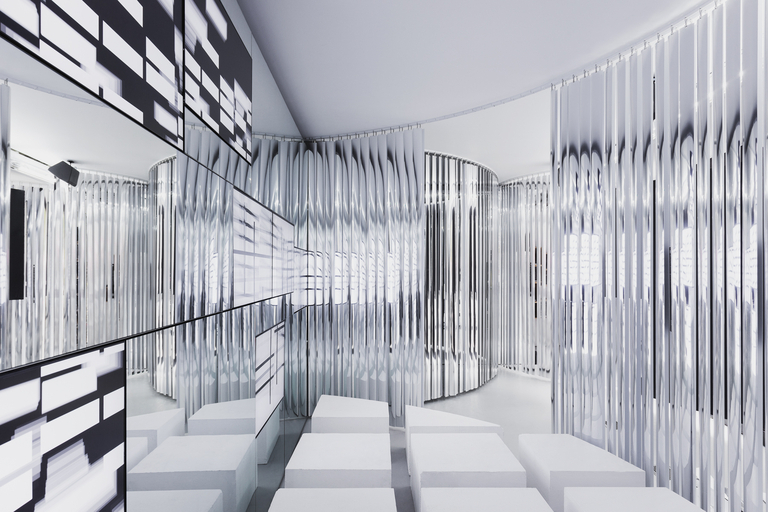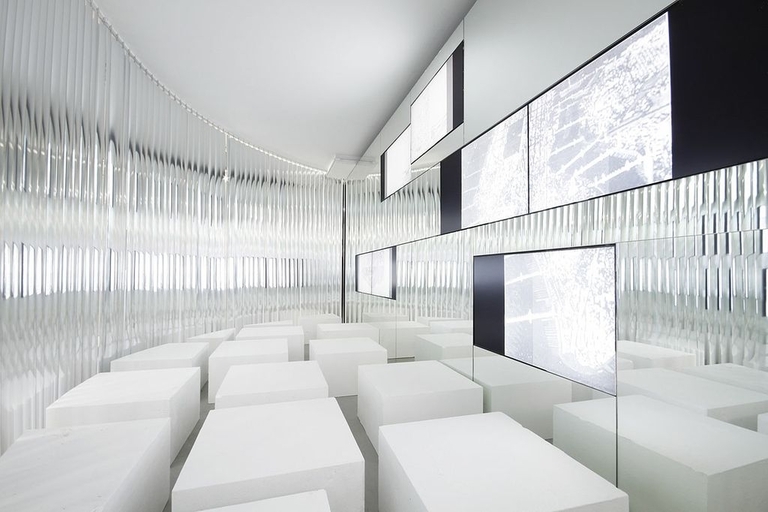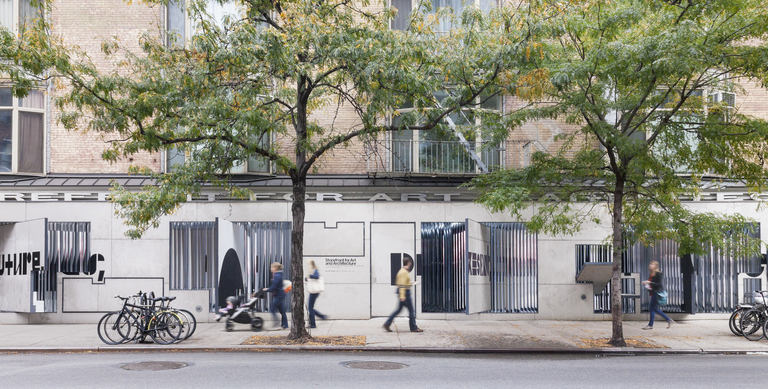On the night of October 26, 2012 in New York City, Storefront for Art and Architecture unveiled the second opening of the ambitious, multi-tiered exhibition Past Futures, Present, Futures. According to curatorial claims to explore the invention of the future, crisis, and redefinition, as well as the limitations of branded visions of utopia, Storefront's fashionable director Eva Franch i Gilabert has invited an impressive list of international artists and architects to reenact 101 unrealized projects for New York City - mostly from the 20th and 21st centuries, but some reaching back across centuries.
Art and architecture, claim the show's liner notes, hold an unparalleled power to "re-imagine new forms of collective imagination." It is true that the collective imagination in film, architecture, literature, and urban planning has been ignited by and fuels the existence of the tiny island of Manhattan. Yet in many cases, the presentation of the palpable energy put forth by these 100+ minds, and the presentations of the grandiose, speculative visions presented are left as intangible and unrealized as the projects themselves.
The exhibition’s “F*room,” a circular space surrounded by mirrored panels, is the main presentation space for the projects. On eight screens embedded in a mirrored wall, plans for these projects and their names flash and rotate. The momentary visions of these projects - some of which are architecturally beautiful, ambitious, and unexpected, as in a half-honeycombed tower or green spaces floating above street level - induce the feeling of scrolling through a slideshow online, which limits the intellectual engagement one seeks from physical exhibitions. If the main design of the mirrors is meant to have visitors imagine themselves included in these future visions, this type of facile engagement could be just as easily served in the venue of a blog.
Another example, Leong Leong's "heterochronic" landscape with a "kaleidoscopic forest of movable thin walls," so designed to distort viewers' depth perception, falls short of its lofty spatial aspirations for Storefront's tiny space. As with much of the show, the design looks or sounds good on paper, but in its emphasis on style, cleverness, or empty speculation, fails to live up to its fully realized potential.
Before spilling back onto the lower Manhattan street, visitors are encouraged to write their own future visions on stickers and paste them onto blank mirrored panels. I appreciated this participatory gesture, but within the confines of the shiny exhibit, it, too, felt a lackluster exercise in imagination. Perhaps the ideas - many of them excellent and deserving of further engagement - will be better served in the forthcoming publication based on the exhibition.
-- Kaye Cain-Nielsen, New York
Past Futures, Present, Futures
5 October, 2012 - 24 November, 2012
Storefront for Art and Architecture
97 Kenmare Street
New York, NY 10012









